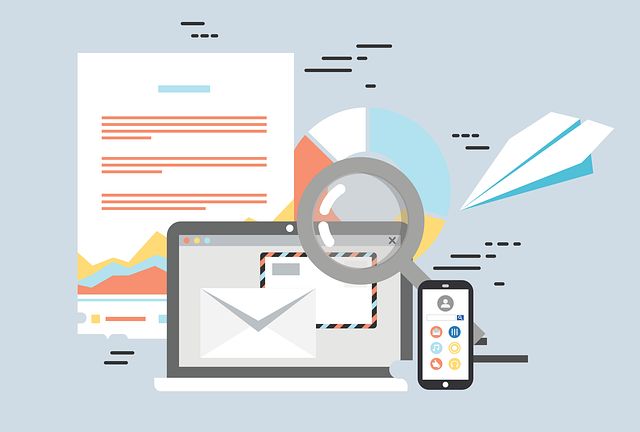How Business can Communicate with Customers: 6 Platforms
- Category: Pics |
- 30 Jan, 2023 |
- Views: 414 |

Today, it isn’t enough for a business to create high-quality products or provide great services — their offerings can still get overlooked by potential customers if there are competitors who are good at promoting their goods and establishing regular interactions with their audience. Communication is essential for modern companies to succeed and different communication platforms offer different benefits for businesses. Let’s take a look at six popular channels that businesses can use to communicate with their clients.
Website
A website is arguably a must-have for any established business. It gives a sense of trust to customers, allows a company to showcase its products in a way not limited by standard layouts of social media accounts, and expresses its visual style and values. Customers often rely on websites to learn more details on products and services, as well as to find contact details if they have an inquiry or the addresses of local offices or shops.
Phone
About a century ago, it all started with the phone and this communication channel remains one of the most important for companies in many industries. It allows clients to get help in real time, listening to the voice of the brand’s representative, just as during a physical interaction in a store or office. This opens up possibilities for a wide palette of emotions to be expressed and establishes a human connection between a brand rep and a client. Phone is the channel that provides the highest level of satisfaction to customers and comes helpful in case of emergencies. However, there are disadvantages to it as well: phone support can hardly be used by customers abroad because of sky-high fees, and establishing a call center is a costly endeavor: for optimal interaction time, a business needs either to hire multiple assistants or increase waiting time on the line, which is always frowned upon by clients.
To someone, email may seem like an outdated thing, but it is still one of the best ways for brands to communicate with customers. Being convenient and inexpensive, emails can be used for targeted promotions, regular newsletters, and service communication (order details, invoices). At the same time, customers can easily contact support via email if they have a question about a product, face an issue or want to learn more. In contrast to phone calls, this channel comes free of charge for anyone anywhere, which is useful for interactions with customers all over the world. However, there are several disadvantages to emails as well. First of all, it’s hardly suitable for any emergency, since a response time of 24 hours is a widely accepted standard, and, secondly, any promotional materials can easily get lost among many other messages or even filtered by email clients as junk.
Live Chat
Live chat widget embedded on a company’s website is a great way to provide customers with quick and personalized customer service. Studies show that live chat support shows the highest satisfaction rating among customers, next only to phone support. It allows brands to build relationships with them and promptly provide the required information. Customization features make it easy to make a chat widget feel like a natural part of a website, while automation capabilities help with answering frequent questions, freeing up employees' time for more complex customer support issues. The best thing is that many solutions come as free live chat — for example, users of Umnico messaging platform can set up a customizable chat widget and connect with website visitors without paying anything.
Instant messengers
As people spend the majority of their smartphone time in such apps as WhatsApp and Telegram, messengers become increasingly popular for customer communication as well. Messenger communication, particularly for small businesses, offers an ideal opportunity to build closer relationships with customers — an instant messenger message can hardly be ignored as easily as email and feel more personal. Messengers can be used for all kinds of communication, from informing on delivery status to sending personalized promotions and discounts. Using specialized business features provided by messengers, companies can effectively analyze their clients' preferences and monitor employee performance, including response time and sales conversion.
Social Media
Social media platforms are one easy method to remain in touch with both new and existing consumers. When it comes to deciding where to go or what to buy, most people value the opinions of their friends that they learn from Instagram and Facebook posts, which works as social proof of a brand's quality. Companies need to establish what platforms are most popular among their target audience and continuously engage with them there. From creating relevant and useful content and supporting brand advocates to providing shopping advice and post-purchase support in direct messages — there are many ways to use social messengers and interact with both existing and prospective customers.
There are many platforms to help businesses communicate with customers more quicker and effectively. However, employing them all makes it difficult to provide responses and manage inquiries across them all in a timely manner. Here, such omnichannel messaging platforms as Umnico, which merges customer conversation across social media, messengers, live chat, and email into a single intuitive interface can be of great help. Not only will employees be able to manage all customer interactions in a single window but also benefit from extensive features of smart ticket routing, customizable notifications, bulk messaging, and in-depth analytics. All capabilities of Umnico can be tested for free during a trial period, meaning there’s no need to buy a subscription until you are sure your business needs it.

